Background:
I wanted a charger for portable power that could be used with solar panels, TEG elements and dynamo. It was also important that the charger could take all available power. I quickly realized that LiFePO4 are the best batteries available. LiFePO4 batteries have a long shelf-life, can tolerate > 2000 charge cycles, and can accept high charge/discharge currents. They have very little internal resistance, not far from that of a super-capacitor. One of the toughest brands is the A123 Nanophosphate, with 7000 cycles at 1C before it is reduced to 80% of capacity (it can be used for spot welding or to start a car). I also wanted a wattmeter that could work down to 2.8 V (discharged LiFePO4). Long life and durability had highest priority.
Usage:
- Adjust CV (Vout) on the step-down to battery float voltage
- Adjust CC (current limit) for smaller batteries (or use 5 A to protect the charger)
- Estimate min. Vin needed for: step-down = battery float voltage (Vout) + 1 V
- Connect power source in serial or parallel to achieve sufficient Vin
- Suggested open voltage: TEG = 2xVin (MPPT)
- Suggested open voltage: solar panels = 1.25xVin (MPPT)
- Protect your TEG and solar panels with reverse blocking diodes
- When charging cells in series, use balancing circuit
Single cell LiFePO4 (8 Ah)
2x5 W solar panels (5.5 V)in parallel, or 2xTEG (12 V) in parallel
(PPXspecial edition)
CV = 3.55 V ( most of the energy is between 3–3.4
V )
CC
= 5 A (to protect circuit when charging from car battery)
Reverse
blocking diodes in cables (solar panels and TEG)
Charger design:
The heart of the charger is the step-down converter from prodctodc. I have tried at least 10 different models and what I like about this one is it does not heat up much, has a high efficiency, and can take a lot of beating. The modifications I have made to this circuit are simple; I have just inserted a reverse blocking Schottky diode and then moved the voltage sense resistor to the new +Vout. I also replaced the 470 µF Sanyo capacitors with equivalents from Rubycon. This step is not necessary; it is only done as a precaution to ensure a long life. The original Sanyo capacitor has low ESR and seems to work fine. Finally, I inserted a 0.02 Ω current sense resistor before −Vin. This resistor is used by the wattmeter. By connecting several diodes (as many as you wish) in parallel to the primary blocking diode, it is possible to charge multiple batteries at once. However, the most discharged battery should be placed after the primary diode (with CV sense). This is very useful when you leave your basecamp for a while and want to charge several cells. This is also a poor man's balancing circuit; that is, the batteries will soon have equal charge. Personally, I prefer four single cell LiFePO4 that can be combined into one 12 V battery, instead of one hard–wired 12 V battery.
Charging a battery is similar to a short-circuit, where the CC is the current limit. When the power supply is too weak, Vin will break down to approximately 1 V above Vout (battery voltage). To achieve a kind of poor man's MPPT, one should select an appropriate open voltage for the power supply (solar panel = 1.25xVin). A better solution would be MPPT (a future improvement). However, it is still possible to catch 90% of available energy from a 5.5 V panel using this simple approach.
Wattmeter design:
The heart of the wattmeter is a Attiny861 which has differential gain x1, x8, x20, x32. This means there is no need for an op-amp. Attiny861 also has four different Voltage reference sections ( 1.1V, 2.56V, Vcc (3.3V),Aref ). This gives a lot of options. I prefer to use the internal 1.1V and 2.56V Vref ( since this makes the circuit less dependent on the 3.3V supply). The 3.3V (buck-boost) voltage supply to the wattmeter is a gutted ebay voltmeter. It also has a voltage divider. The wattmeter is supplied from the battery ( Vout ). The buck-boost circuit ensure 3.3V when battery voltage varies between 1.7-25V. And finally a low power...
Read more » mr.jb
mr.jb
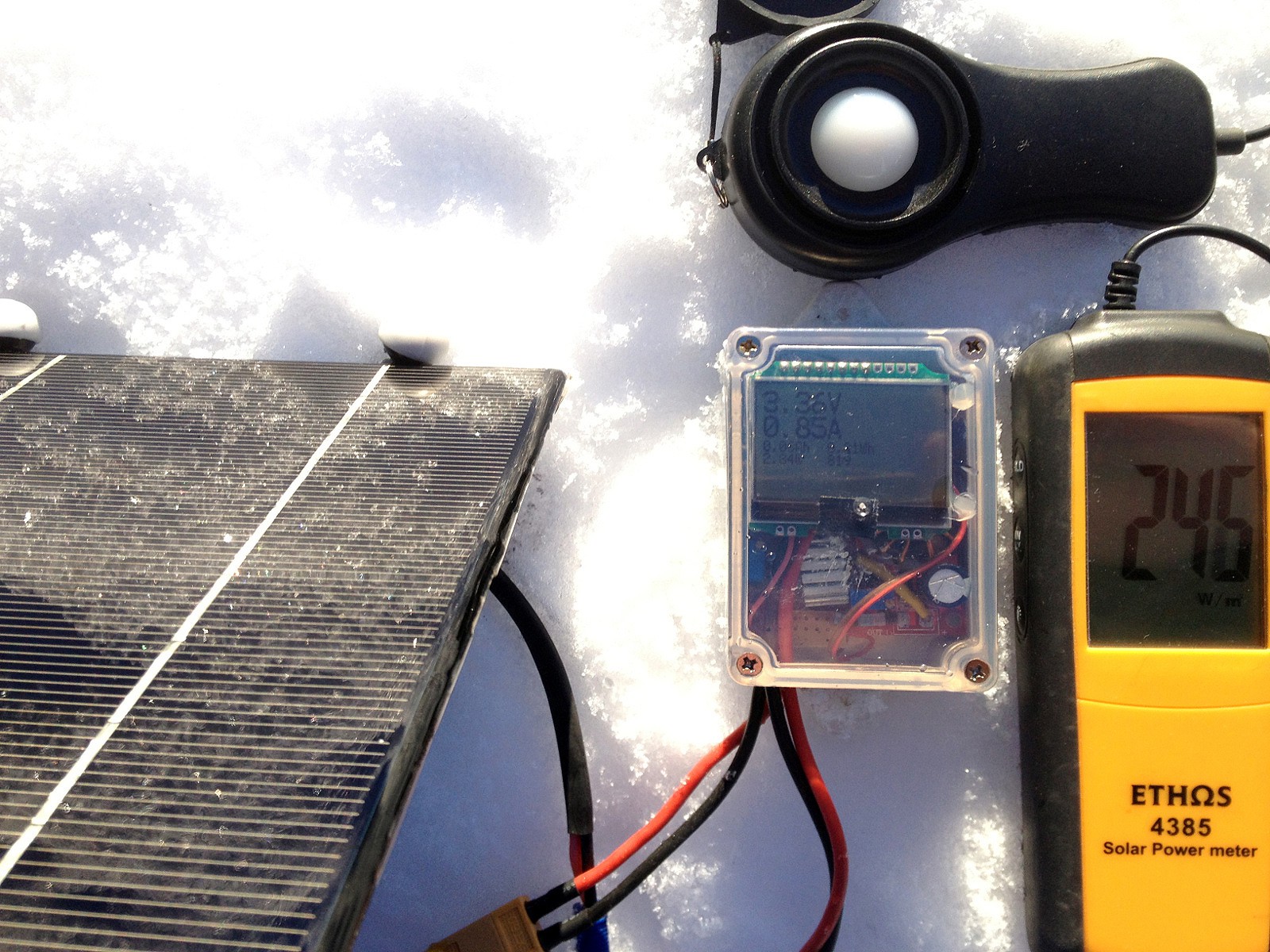
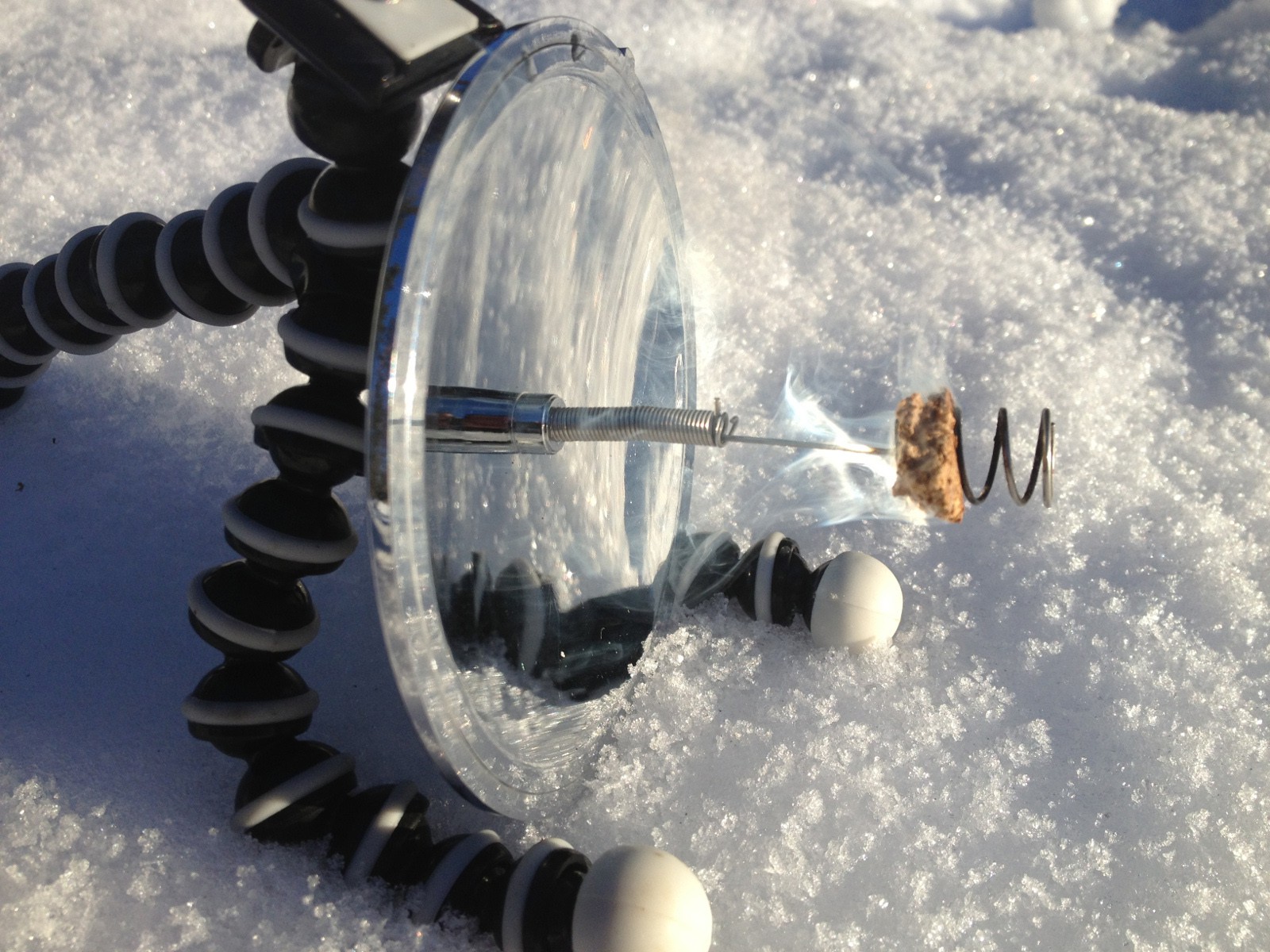

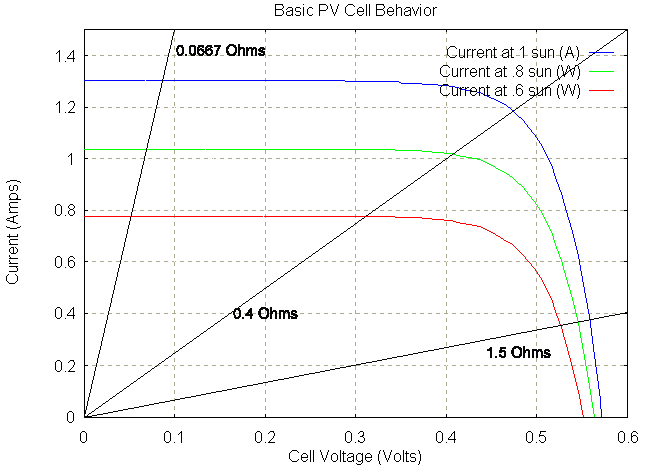
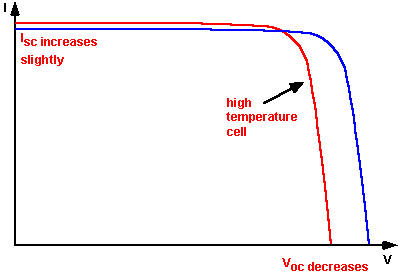
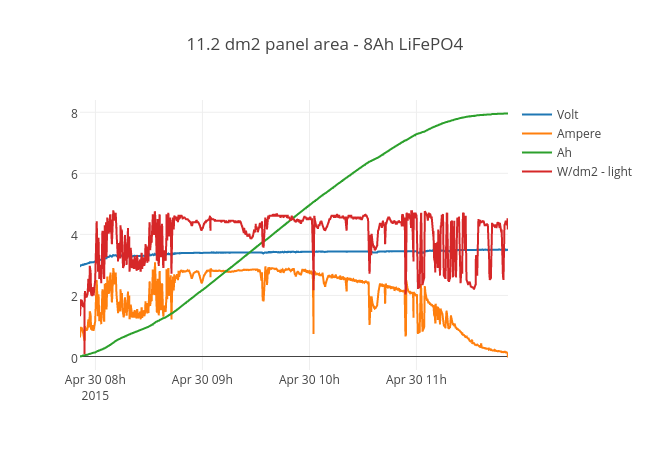
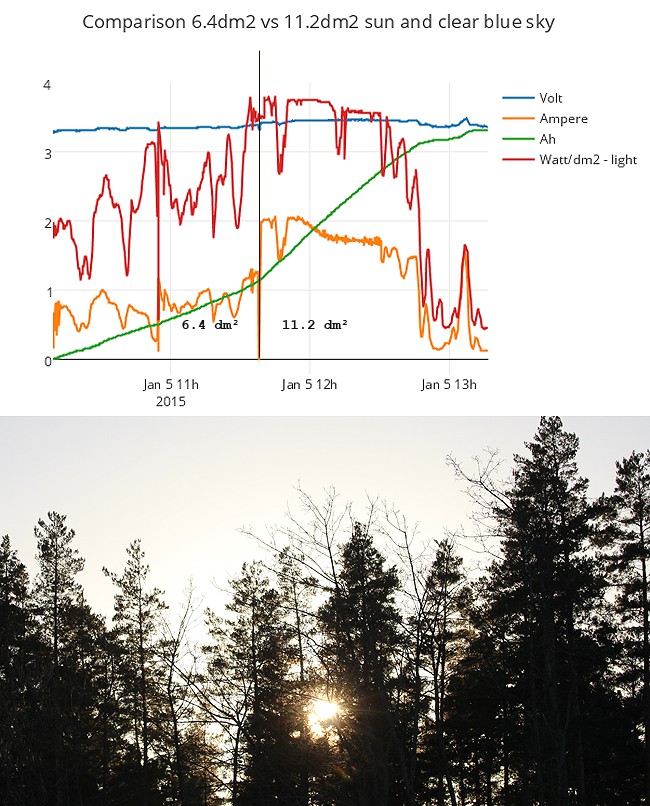
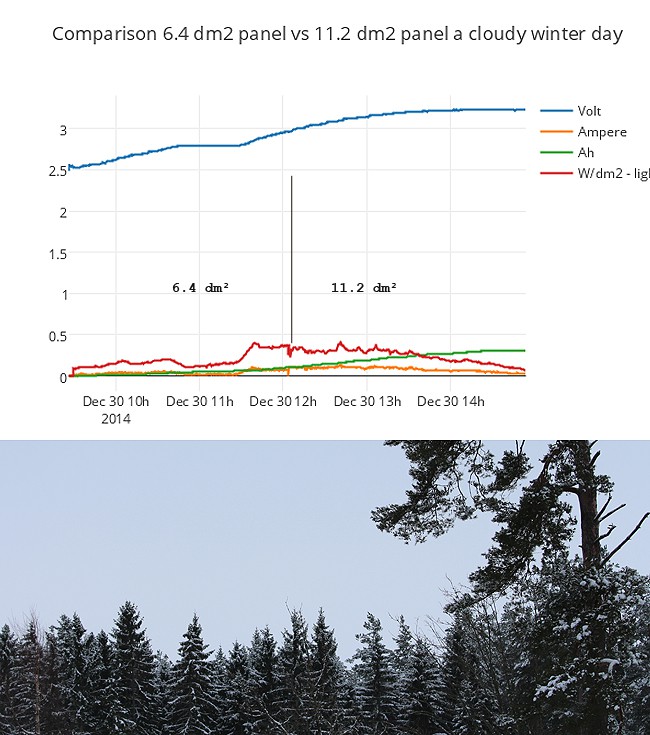
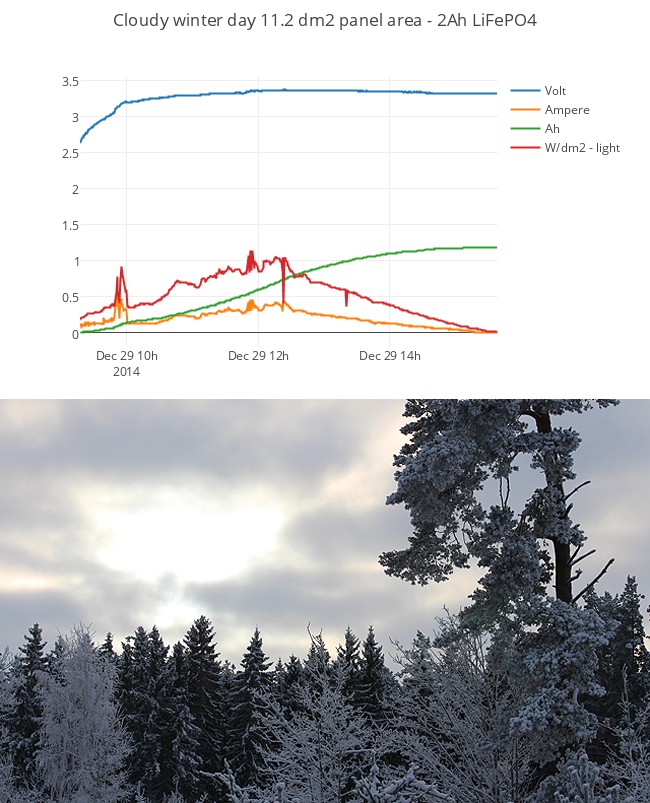
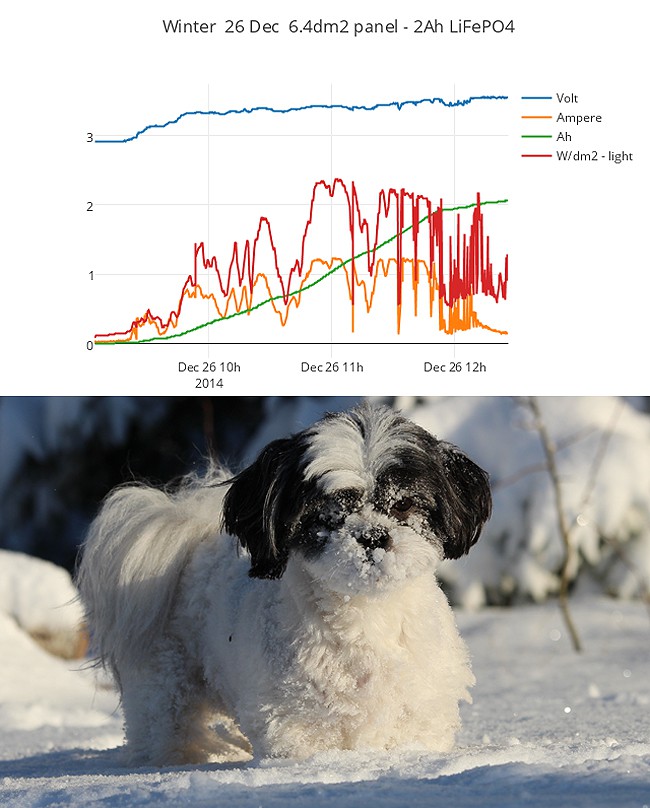
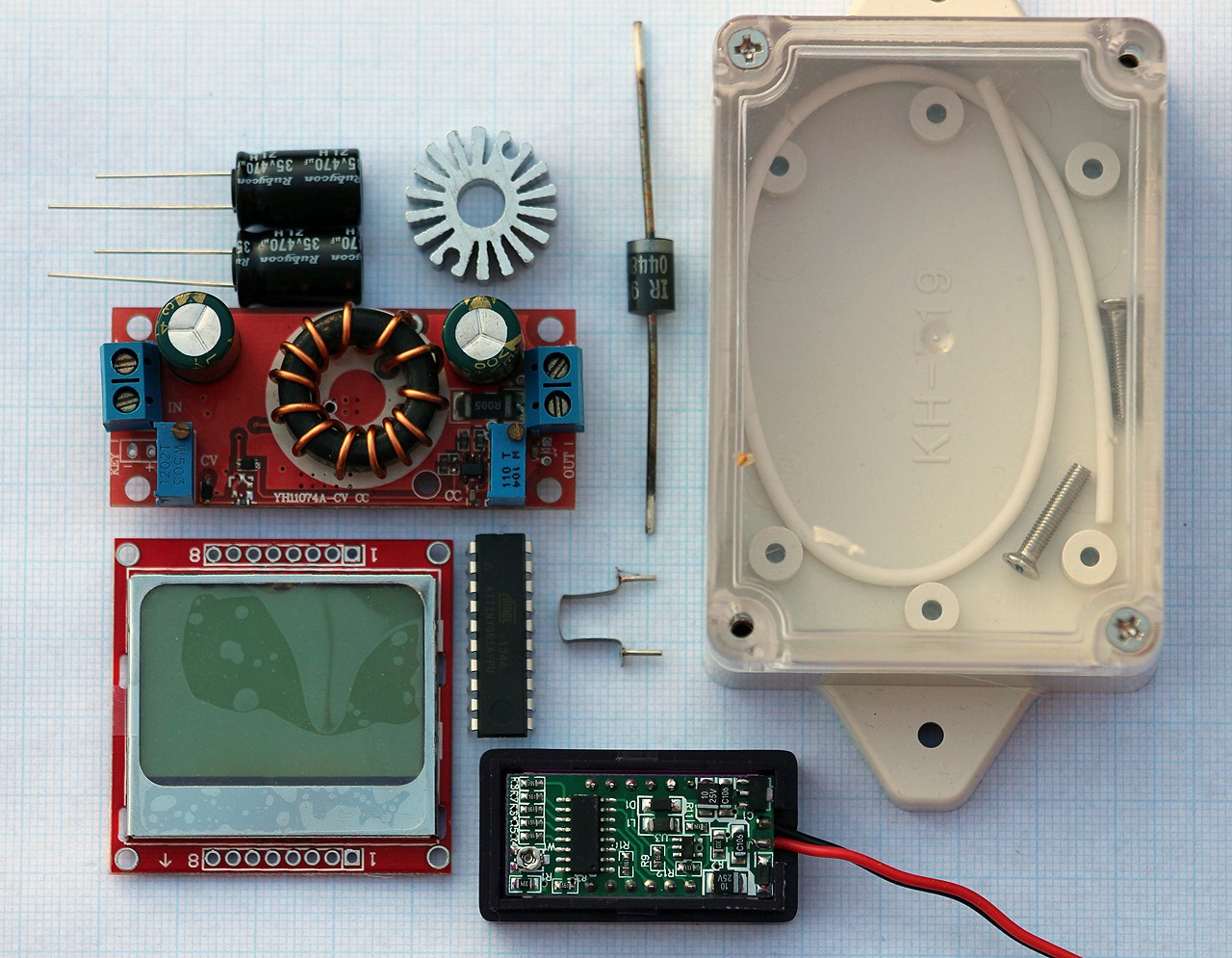
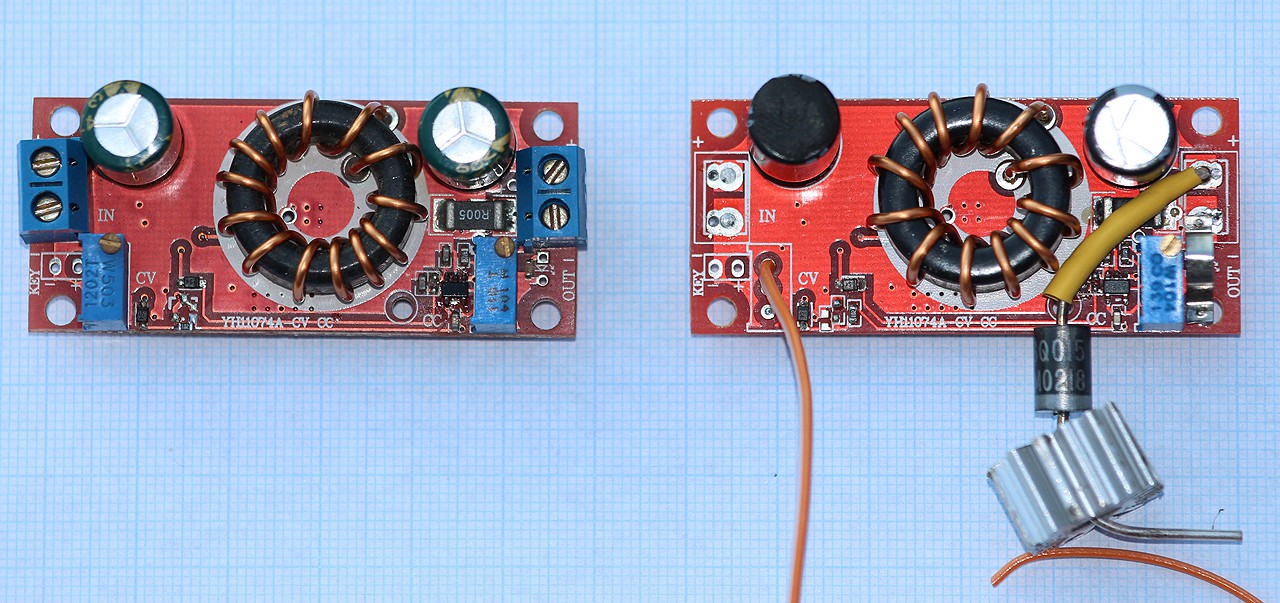




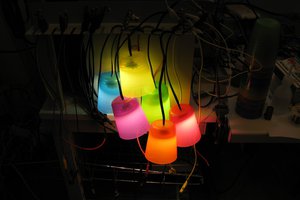
 rawe
rawe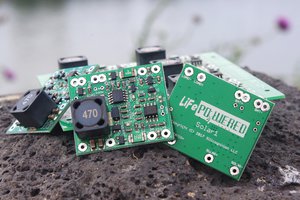
 Patrick Van Oosterwijck
Patrick Van Oosterwijck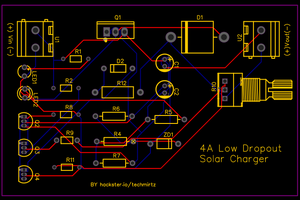
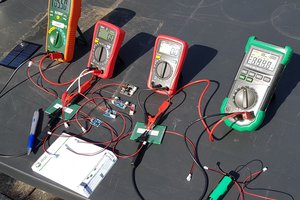
 Jasper Sikken
Jasper Sikken
They are similar to the A123s, cant get quite as high in terms of charge and discharge but they are a lot cheaper and easy to configure in packs with simple screws, washers and plates along with battery holders.